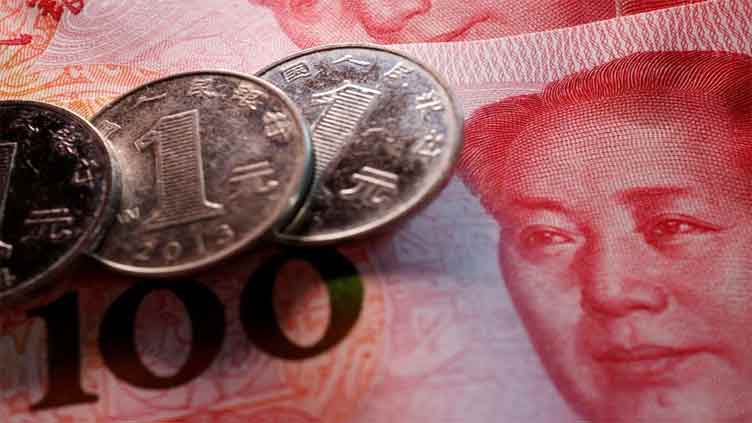China's state banks seen selling dollars offshore to slow yuan drop: sources

Business
Country's central bank set daily currency fixing rate stronger than market expectations
SHANGHAI/BEIJING (Reuters) – China's major state-owned banks were seen selling dollars in the offshore spot foreign exchange market on Tuesday, four sources with knowledge of the matter said, suggesting authorities wanted to slow the pace of the yuan's recent slide.
Such state bank dollar selling appeared as the offshore yuan weakened towards the psychologically important 7.25 per dollar level, two of the sources said.
"The 7.25 (yuan per dollar) level remains a key threshold," said one of them, adding a breach of the level could quickly send the yuan to lows last seen in 2022.
The yuan's value onshore hit a trough of 7.3280 per dollar in November, levels last seen during the 2008 global financial crisis, while the offshore yuan dropped to a record low of 7.3746.
State banks usually act on behalf of the country's central bank in the foreign exchange market, but they could also be trading on their own behalf or their clients.
To double down on its defence, the People's Bank of China (PBOC) set the daily yuan fixing rate stronger than market expectations for the second day in a row earlier on Tuesday, spurring speculation authorities are becoming less tolerant of the currency's weakness.
Several currency traders also said they saw state banks selling dollars on Monday just ahead of the onshore domestic close (0830 GMT) to shore up the yuan's closing price, as the rate could determine the next day's official guidance rate.
"The (trading) desk saw strong selling in swaps across tenors in pre-market trade, likely sterilising spot intervention in the past few sessions," UBS said in a note, referring to buy/sell trades in the forwards market to acquire the US dollars the big banks need to procure for sales in spot transactions to defend the yuan.
The broad yuan weakness has been driven by China's faltering post-pandemic economic recovery and widening yield differentials with the United States as the Federal Reserve continues to hike interest rates. The yuan has slid more than 4 per cent against the dollar so far this year.
With most non-dollar currencies weakening to reflect the greenback's strength in global markets, the yuan's value against its major trading partners dipped to a week's low of 96.54 on Tuesday -- taking its year-to-date loss against that basket to 2.16pc, according to Reuters calculation based on official data.


